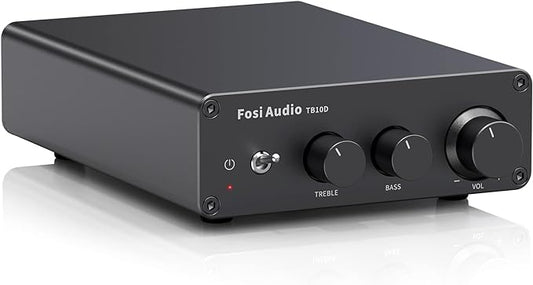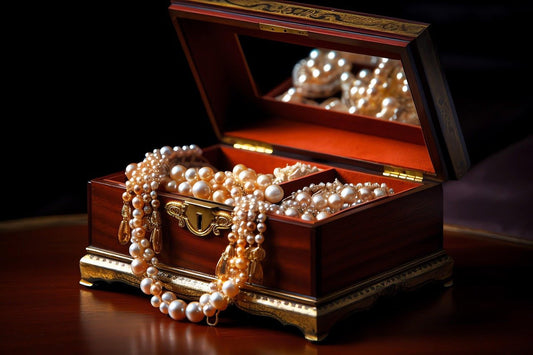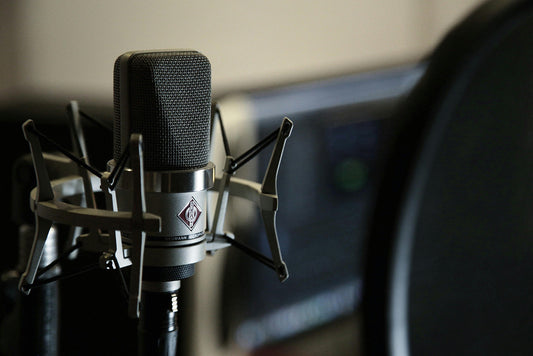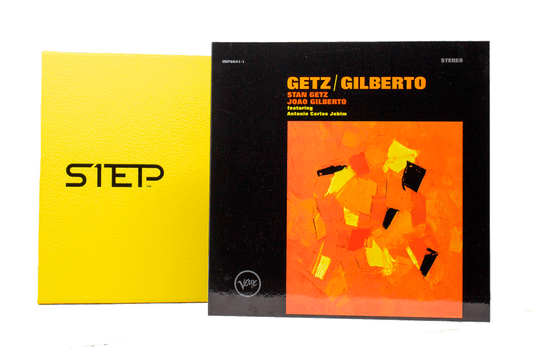Words, tastes, sights, sounds are specific recipes that activate neuro transmitters in our brains that bring meaning to each. I know it's the engineer in me that brings this to your attention, but how things work fascinates me.
When you taste something it is a specific formulation of the 5 primary tastes and smells: sweet, sour, salty, bitter and savory. And it is the specific combination of those 5 primary tastes, activating a special combination of neuro transmitters, that cause us to identify a flavor. The same is true for words. although there are many more than 5 primary factors. When someone says a word that you get meaning from, that word is actually a recipe firing a specific and unique combination of neuro chemicals. And sound is no different.
If we listen to music through an uninvolving piece of audio gear, and our emotions are not stimulated, it's because the audio "chef" has the wrong recipe (or no recipe) for emotional involvement. It is the combination of good ingredients blended together just right that gets your taste buds in love with what you're eating or your ear/brain in love with what you're hearing. Most audio designers are unaware of the subtle design nuances that connect us to the music - as if they all worked for McDonalds, unaware (or uncaring) of great restaurants and their ability to stimulate our emotions.
The recipe for high-end Audio is no different than any discipline designed to stimulate just the right combination of neuro transmitters - success or failure depends on the skill of the chef.








